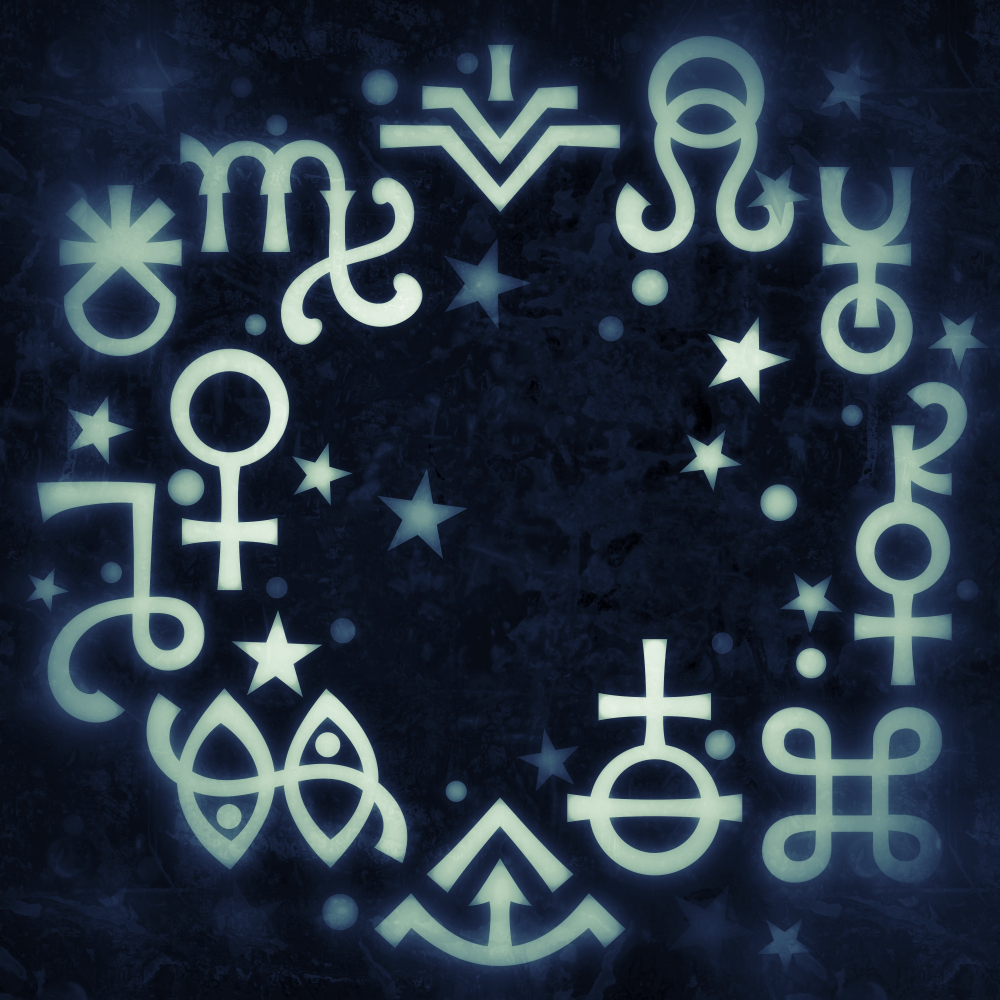
Whether or not you believe in astrology, you’ve probably taken a passing glance at your horoscope or zodiac sign. Most modern astrology is based on techniques used by the Greeks and Babylonians several centuries ago, but other astrological principles and traditions are used today. If you’ve never heard of sidereal astrology, you’re not alone.
How Do You Measure a Zodiac Year?
For centuries, human cultures have devised many ways to measure time and mark its passing. Most astrological disciplines begin the year with the zodiac sign Aries, but its start date varies whether you’re using tropical or sidereal (pronounced “sai-DEE-ree-uhl”) astrology. The key difference between the two types is how they place constellations around the ecliptic or the invisible plane in space on which our planet orbits the sun.
A January 2016 episode of the Astrology Podcast explains that the tropical zodiac follows the seasons, placing the year’s starting point of zero degrees Aries at the vernal equinox around March 21. The Greek mathematician and astrologer Claudius Ptolemy adopted this system during the second century CE, and it has been used by many Western astrologers since. Meanwhile, the sidereal zodiac is based on Earth’s movements in relation to fixed star positions. It also starts with zero degrees Aries but sets that point with Aries’ physical position in our night sky instead of the vernal equinox.
So What’s the Big Deal?
Differences between the tropical and sidereal zodiac may seem minimal at first glance. However, a major celestial phenomenon impacts the sidereal zodiac year’s start date: the precession of the equinoxes. Writing for LiveScience, Pedro Braganca mentions that Earth’s axial tilt changes over a period of several thousand years. Our planet’s axis is currently tilted at 23.5 degrees, but the moon’s gravitational forces cause that tilt to shift between 22.1 and 24.5 degrees.
The changes in our planet’s axial tilt may seem minor, but they’re enough to have wide-reaching impacts. Besides possibly contributing to Earth’s ice ages, they cause the relative position of stars and constellations to change in our skies. As a result, zodiac constellations’ positions relative to earthly observers shift westward about one degree every 72 years. As a result, the sidereal zodiac year’s starting point also shifts later in the year.
How Different Are Tropical and Sidereal Zodiacs?
In ancient times, the tropical and sidereal astrological years began around the same date each year. Over the centuries, the sidereal zodiac year gradually began later due to the precession of the equinoxes. Now, the sidereal year begins with zero degrees Aries in mid-to-late April. Even this start date varies according to the type of sidereal astrology used.
“But wait a minute. There’s more than one type of sidereal astrology?” you may ask. Zodiac sign dates are affected by an astrological year’s starting point, but it also depends on how each constellation is measured. AstroStyle mentions Vedic astrology, primarily practiced in India and based on a sidereal zodiac called Nirayana. Like many tropical astrology systems, Nirayana places the twelve signs on a 360-degree circle divided into equal 30-degree sections. In contrast, true sidereal astrology also uses the constellations’ sizes. Mastering the Zodiac mentions that some constellations, such as Leo and Virgo, are larger than others, like Cancer and Libra.
What Does This Mean for Modern Astrology?
Many horoscopes or astrological sign guides you read online or in print are based on the Western tropical zodiac. That’s because most Western astrologers use it, but they also draw from a wide range of principles and methods. Some now prefer the sidereal system, citing the desire for better accuracy when casting natal charts and creating horoscopes. If nothing else, the tropical versus sidereal debate proves that astrology is an expansive practice with plenty of resources to draw on for understanding the world around us.

